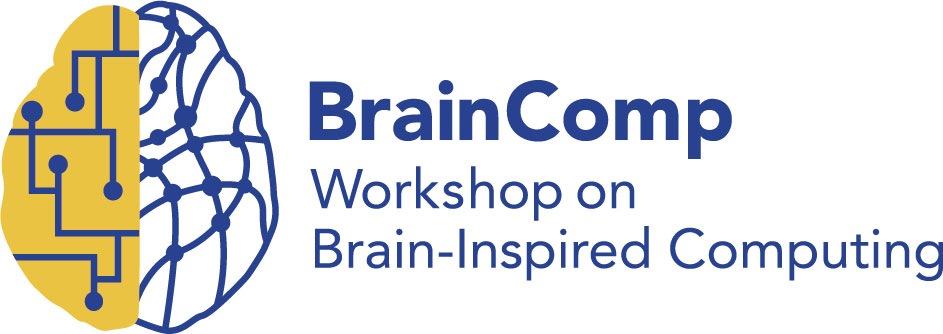Diffusion MRI provides orientation information about fiber tracts in the brain. To quantify connectivity, tractography has been developed to reconstruct fiber trajectories based on orientation distributions. Conventional tractography methods relying on analytical ODF models and streamlining methods are afflicted with artifacts and do not consider anatomical information as a prior. In addition, tractography results vary depending on the selected seed points and generate individual trajectories that are not related to their neighborhod.
Global spin-glass approaches using Markov Random Fields (and consequently associated to a Bayesian framework) were introduced at the beginning of the 2000’s [1] and proposed a suitable general framework to incorporate any kind of anatomical prior. However, global spin-glass approaches are computationally intensive. The construction of the entire set of connections is computed simultaneously in a competitive way, to reach an optimal solution. This solution to the problem corresponds to the minimum of a target energy composed of various potentials, such as a data attachment potential, various energy potentials introduced to constrain the model with anatomical or microstructural priors, and further regularization potentials. Recently, efficient global spin-glass methods have been introduced that used simplified anatomical priors (e.g., low curvature of axonal fibers) [2, 3, 4]. These algorithms enable tractography on a standard desktop computer applied to an individual brain at a millimeter resolution and reconstructs a hundred thousands of fibers in half a day.
We are currently acquiring high-resolution microscopic diffusion MRI data with a resolution of 300 micrometers using a 7T MRI system at Neurospin, France. In addition, we apply 3D Polarized Light Imaging (3D-PLI) microscopy to the same brain tissue to determine fiber orientations at a resolution of a few micrometers [5]. These microscopic data sets will be a few petabytes in size, which requires the global tractography algorithm to be able to handle such massive data in terms of communication and distribution in an efficient way. We are currently developing an open-source software that is designed to work on single machines as well as on high performance computing architectures, including the GPU architecture.
-
Poupon, C., C. A. Clark, V. Frouin, J. Régis, I. Bloch, D. Le Bihan, and J.-F. Mangin. 2000. “Regularization of Diffusion-Based Direction Maps for the Tracking of Brain White Matter Fascicles.” NeuroImage 12 (2) : 184–95.
-
Fillard, Pierre, Cyril Poupon, and Jean-François Mangin. 2009. “A Novel Global Tractography Algorithm Based on an Adaptive Spin Glass Model.” In Medical Image Computing and Computer-Assisted Intervention – Miccai 2009, edited by Guang-Zhong Yang, David Hawkes, Daniel Rueckert, Alison Noble, and Chris Taylor, 927–34. Berlin, Heidelberg: Springer Berlin Heidelberg.
3, Mangin, J.-F., P. Fillard, Y. Cointepas, D. Le Bihan, V. Frouin, and C. Poupon. 2013. “Toward Global Tractography.” NeuroImage 80: 290–96.
-
Christiaens, Daan, Marco Reisert, Thijs Dhollander, Stefan Sunaert, Paul Suetens, and Frederik Maes. 2015. “Global Tractography of Multi-Shell Diffusion-Weighted Imaging Data Using a Multi-Tissue Model.” NeuroImage 123: 89–101.
-
Axer, Markus, Katrin Amunts, David Grässel, Christoph Palm, Jürgen Dammers, Hubertus Axer, Uwe Pietrzyk, and Karl Zilles. 2011. “A Novel Approach to the Human Connectome: Ultra-High Resolution Mapping of Fiber Tracts in the Brain.” NeuroImage 54 (2): 1091–1101.






